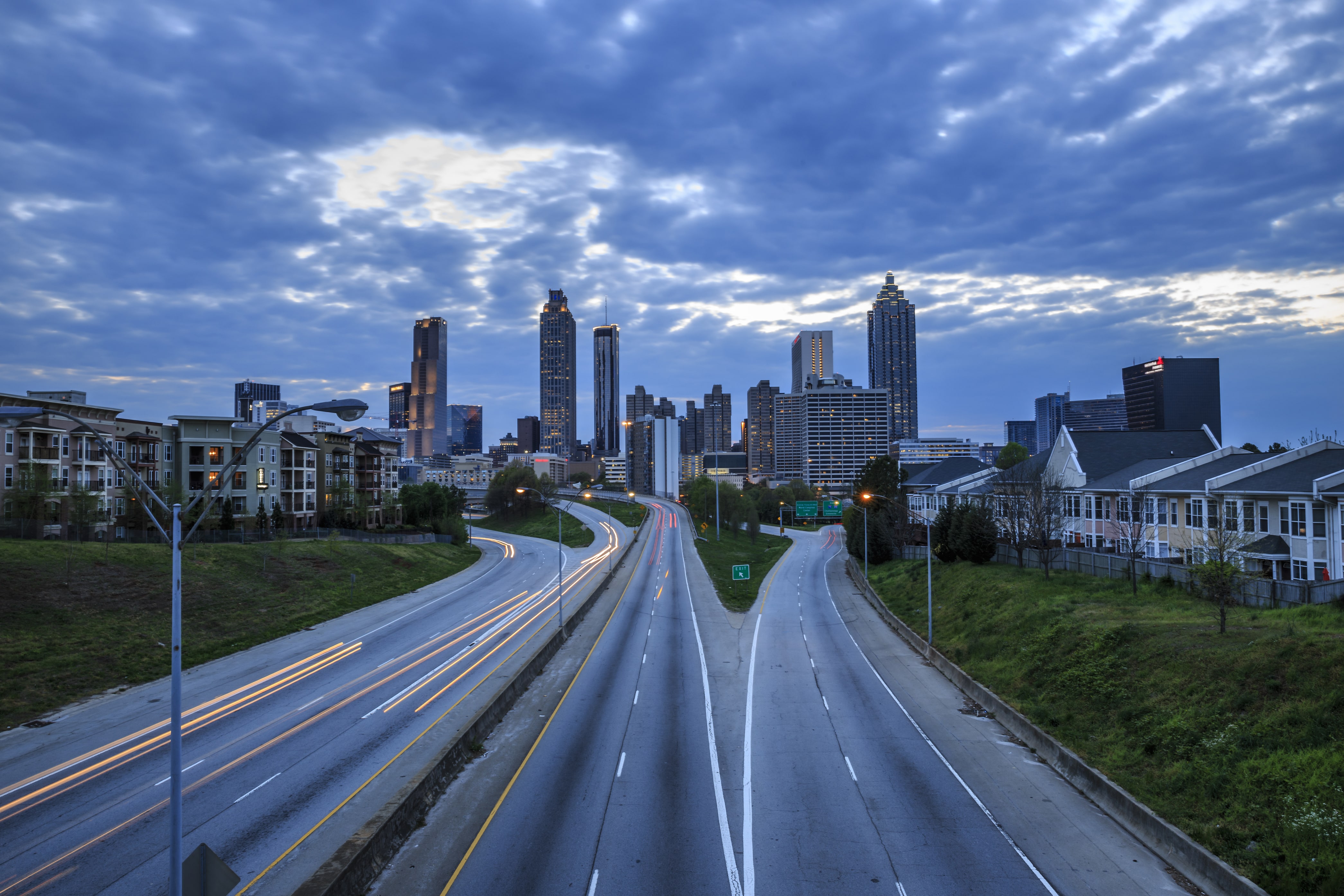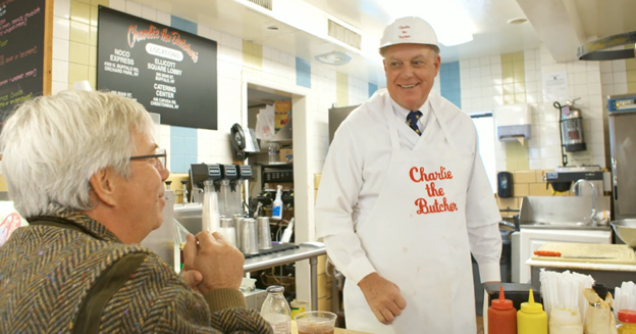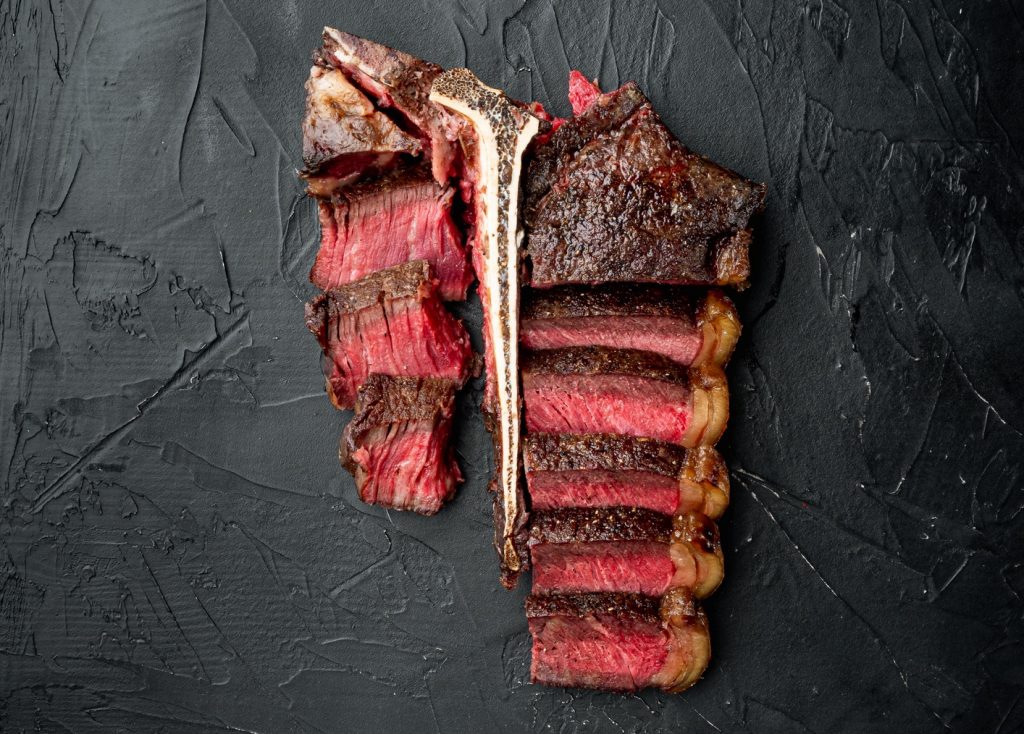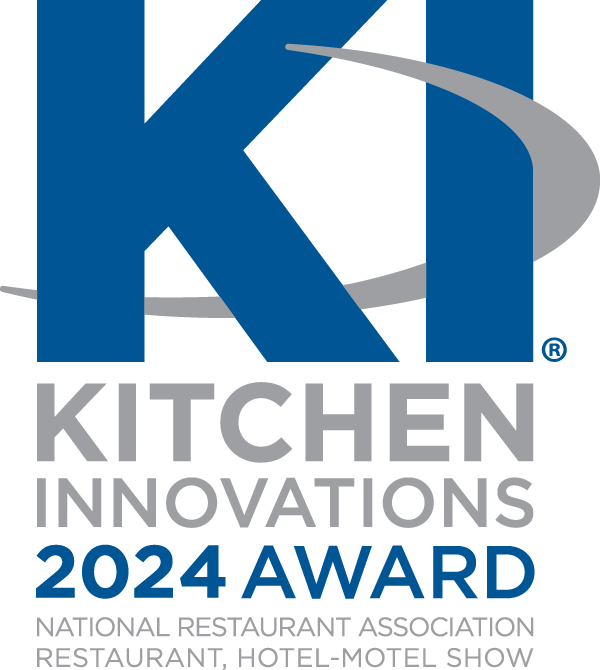
Less than a month into a COVID-19 lockdown and nowhere near the peak of a curve in testing, confirmed cases and hospitalizations, the governors of Georgia, South Carolina, Ohio and others announced plans to reopen businesses, with the state of Georgia allowing salons, barber shops, tattoo parlors and even bowling alleys to open last Friday and restaurants to reopen today. While some salon owners and barbers said they welcomed the green light to go back to work, many restaurant owners and chefs, however, remain appalled at the decision.
“I have absolutely no plans to reopen my restaurants to the public anytime soon,” says celebrity chef Hugh Acheson, owner of 5&10 in Athens, Georgia as well as Empire State South in Atlanta. “There was a hotspot outbreak just two towns over. There is no way I can ensure the safety of my staff and customers if I were to open up right now.”
While Acheson’s restaurants remain closed, he’s been busy feeding healthcare workers, first responders and communities in need. “Between the two restaurant kitchens, we’re doing 1,500 meals a day and dropping off meals using vans that Mercedes gave me for two months, which was really great,” Acheson says.
To ensure the safety of his staff right now, Acheson says he has had only the same, 10-person crew working on the public feedings, and these workers have isolated themselves from everyone else, quarantining at home when not at the restaurant. “No one goes to the grocery store, if they need something, we get it through the restaurant,” Acheson says.
Additionally, all staff wear masks and gloves, the latter of which they change often, and temperatures are taken pre-shift. Of course, there’s also regular handwashing and cleaning and disinfecting of surfaces. All of the prepared food is tightly packaged in clean boxes. “No one goes near anyone, the delivery people are myself and my children, we drop off the food on the sidewall, no one touches the van, we wave goodbye,” Acheson says.
Payment Protection Plan
For some small business owners in the reopening states, going back to work is imperative in order to earn any revenue. Admittedly, Acheson said he was blessed to have been one of the lucky small businesses to be able to fully cover staff after earning funds from the Payment Protection Plan (PPP), a national stockpile of $349bn that news reports showed was drained within days by the likes of Ruth’s Chris Steakhouse and Shake Shack because of a loophole in the language allowing restaurants and other businesses with 500 or less staff – per location – to apply. Note: both Shake Shack and Ruth’s Chris Steakhouse since announced they would return the money they received, and the federal government has promised to increase the PPP, but the pot hasn’t been refilled just yet.
Acheson has also been able to earn a little income to be able to “pay rent and keep the lights on” because the different organizations he’s working pay him per meal unit. He also received some generous donations from ranchers and farmers to be able to make easy and nutritious meals like rice and beans with slow-roasted pork and hot sauce, chicken salad with vinaigrette potatoes and asparagus, pulled lettuce and herb salads and more.
Lack of guidance
Most concerning right now, Acheson says, is that there is no specific guidance from the state health department to safely reopen restaurants post-pandemic. “We have 50 seats at 5&10, does that mean we only seat 30 people? The guidance is not clear, and how is that even economical for us in the first place?”
Indeed, a recent report out of China showed how easily the coronavirus can spread from person-to-person, at least in the one restaurant it studied. A graphic from the report showed how one person not experiencing any symptoms was able to spread the virus to nine other people, reportedly through the restaurant’s air conditioning system.
Even if tables were spaced 6ft apart and occupancy was reduced, the longer people linger in an area, the more chance they can inhale virus particles emitted in the air through coughs and sneezes, but also just talking and breathing, the report stated.
This is a huge point of concern for restaurants, according to FCSI Associate Jay Bandy, president of Goliath Consulting Group in Atlanta. Bandy consults many restaurants, including independents, chains and quick-serve brands, many of whom discussed reopening concerns in a recent call facilitated by the Georgia Restaurant Association, for which he serves as a board member.
“We know that food safety and sanitation will have to change, but we don’t know what rules to play by yet because that hasn’t come out,” Bandy says. “Nothing is clear, especially for full-service restaurants.”
While he notes that the FDA and CDC has released some interim guidance on workplace safety, there is nothing in that guidance specific to restaurants, and Georgia’s state health department has yet to release its own guidance.
Future changes
There are a few design and operational changes Bandy envisions for his clients upon reopening. “I definitely see a move to single-service condiments, taking more things off of the table, using disposable menus and definitely having visible sanitizing stations for guests throughout the restaurant,” says Bandy, noting that some chains have already set up shields for drive-thru windows, and he wouldn’t be surprised to see an increased use of shields at counters inside restaurants when they do reopen.
The bigger issue is for full-service restaurants. “When you have servers and runners and bussers interacting with customers, how do you protect the staff?” asks Bandy. “While the staff might wear masks, I don’t see these restaurants requiring their customers to do so.” This is not to mention that masks and other personal protective equipment as well as thermometers seem to be in short supply.
“And then there are some big-ticket items that haven’t been discussed like, do you need to sanitize the entire interior of the restaurant?” he adds. “What about the HVAC system? The cleaning crews for that starts at $1,000 and goes up from there. That makes it even tougher for restaurants to open if they don’t have a lot of money in the bank right now.”
On top of all that, there’s the issue of customer fear. Research firm Datassential has released multiple reports in the last month, one showing that as of early April 52% of consumers remained uncomfortable about dining in a restaurant.
One thing that has already changed in Georgia, Bandy says, is that the health department allows businesses to ask their staff specific questions, such as ‘have you had a fever or vomited in the last 24 hours?’ Asking these questions may become more of a priority for restaurant owners and managers, and include temperature recordings. But yet again, there is a contradictory problem: the coronavirus can be spread by those who are asymptomatic.
“Let me tell you, there is a whole lot of backlash about our governor re-opening things this early,” says Brett Daniel FCSI, project manager at Camacho Associates.
“That all being said, I think there will be a change in how restaurants operate even after we’re given the all clear. It’s not going to be very profitable to have to space tables out six-plus feet or more in a dining room. The overhead for delivery service is much lower than dining in if it’s set up properly. Laws will need to be adjusted to allow alcohol to be included in deliveries and carry-out service if they’ve not already been in your area.”
Both Bandy and Daniel say they’re happy to be busy with work. Bandy is still moving forward with construction on two restaurants to open in the fall. Daniel says, “We’re still sending out proposals and starting new projects. I had a couple slow down a little, but for the most part, they have picked right back up.”
Amelia Levin
Pictured: skyline, Atlanta, Georgia




